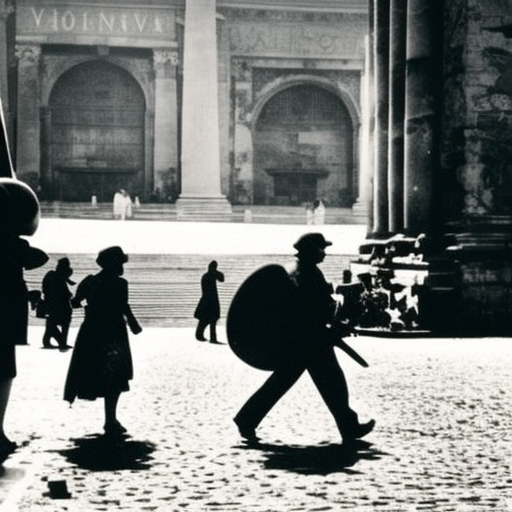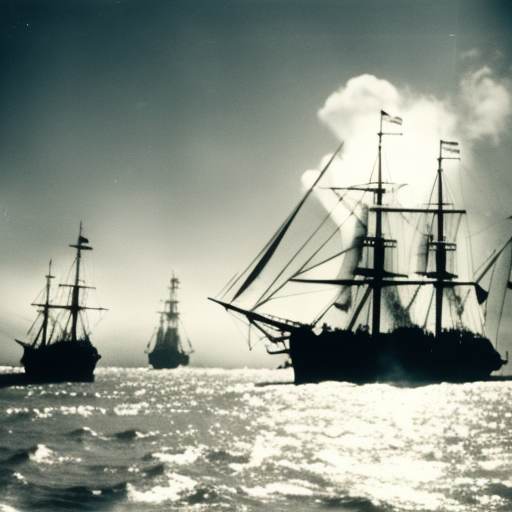Capture of Rome: The End of the Papal States
The Capture of Rome refers to the event that took place on September 20, 1870, when Italian forces under the command of General Raffaele Cadorna successfully captured the city of Rome, effectively ending the temporal power of the Papal States and unifying Italy under the Kingdom of Italy.
The Papal States and Italian Unification
The Papal States were a collection of territories in central Italy that were under the direct rule of the Pope. For centuries, the Papal States had been a significant political and religious power in the region. However, in the 19th century, the process of Italian unification threatened the existence of the Papal States.
The Risorgimento and the Kingdom of Italy
The Risorgimento, or Italian unification movement, aimed to unite the various Italian states and territories into a single nation-state. Led by figures such as Giuseppe Garibaldi and Count Camillo di Cavour, the movement gained momentum in the mid-19th century. By the 1860s, most of Italy had been unified under the Kingdom of Italy, with the exception of the Papal States and Rome.
The Siege of Rome
In 1861, Rome became the capital of the Kingdom of Italy, but it remained under the control of the Pope and the Papal States. The Italian government sought to incorporate Rome into the new nation, but the Pope refused to relinquish his temporal power. This led to a standoff between Italian forces and the Papal States.
In 1870, with the outbreak of the Franco-Prussian War, French troops that had been protecting the Papal States were withdrawn. Taking advantage of the situation, the Italian government decided to take action and capture Rome. General Cadorna led the Italian forces in a siege of the city.
The Capture of Rome
On September 20, 1870, Italian troops breached the walls of Rome and entered the city. The Pope, Pope Pius IX, declared himself a prisoner in the Vatican and refused to recognize the authority of the Kingdom of Italy. With the capture of Rome, the temporal power of the Papal States came to an end, and Rome was officially incorporated into the Kingdom of Italy.
Consequences and Significance
The Capture of Rome had significant consequences for both Italy and the Catholic Church. For Italy, it marked the completion of the process of Italian unification and the establishment of Rome as the capital of the nation. It also solidified the power of the Kingdom of Italy and further marginalized the Papal States.
For the Catholic Church, the capture of Rome was a major blow to its temporal power. The Pope, who had previously held significant political authority, was reduced to a spiritual leader confined to the Vatican. This event marked the beginning of the period known as the “Roman Question,” in which the status of the Pope and the Vatican in relation to the Italian government remained unresolved for decades.
In 1929, the Lateran Treaty was signed between the Holy See and the Kingdom of Italy, resolving the Roman Question and establishing the independent state of Vatican City within Rome. This treaty recognized the sovereignty of the Pope and ensured the freedom of the Catholic Church.
In conclusion, the Capture of Rome in 1870 marked the end of the Papal States and the incorporation of Rome into the Kingdom of Italy. It was a significant event in the process of Italian unification and had lasting consequences for both Italy and the Catholic Church.












